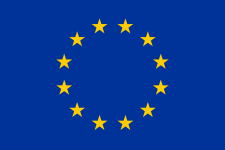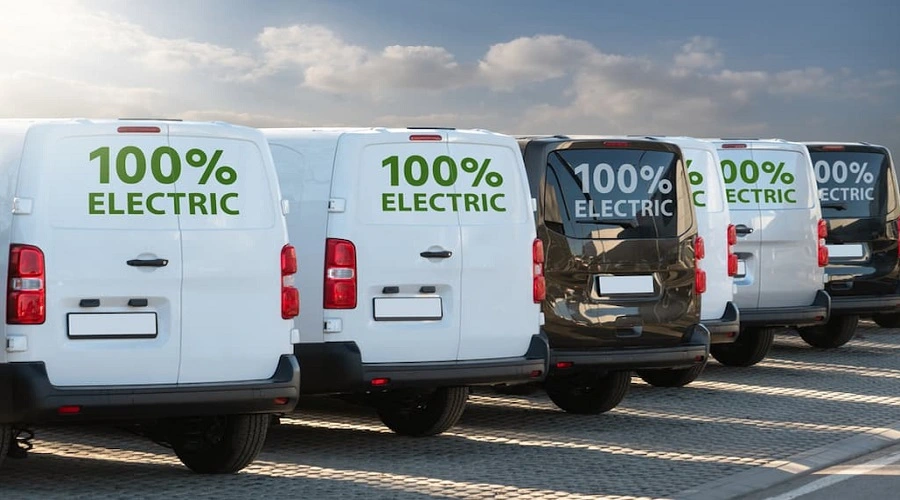According to an analysis conducted by the European Federation for Transport and Environment (T&E), the European Commission should commit to presenting a Corporate Fleets Regulation within the first 100 days of its new mandate to replace the Clean Vehicles Directive (CVD).
In this position paper following the European Commission’s public consultation “Making Corporate Fleets Greener,” the organization indicates that creating strong demand in the coming years across the European Union (EU) will be key to a successful ecological transition.
In February 2024, the European Commission opened a public consultation on the greening of corporate fleets and whether the EU should set mandatory zero-emission vehicle (ZEV) targets for this market.
In this regard, T&E points out that large corporate fleets present a significant opportunity to drive demand for zero-emission vehicles manufactured in the region, as well as to generate investments in the battery supply chain and accelerate emissions reductions in the transportation sector.
It also argues that currently, 60 per cent of new cars in the EU are registered by companies, most of which are owned by large corporations.
Also, the majority of new vans and trucks are purchased by large fleets.
These large companies have better access to capital and benefit from corporate tax exemptions, and therefore should lead Europe’s transition to emission-free transportation.
Therefore, T&E explains that it is possible to set binding targets for fleets “simply and directly,” focusing on companies with more than 100 vehicles (including leasing), which account for 34 per cent of all new registrations.
In the case of vans, large corporate fleets represent only five per cent of companies but are responsible for 40 per cent of all new sales.
As for trucks, large fleets represent 21 per cent of companies and own 74 per cent of new vehicles.
Therefore, the organization calls in this new regulation for binding targets to be set for “100 per cent zero-emission” purchases by large car and van fleets by 2030.
This should be combined with a target requiring fleets to convert their entire stock to zero emissions by 2035.
It also calls for this regulation to establish binding stock targets requiring large truck and bus fleets to largely replace their existing vehicles with zero-emission ones by 2040 (for example, a 90 per cent ZEV stock target).
To achieve this, an intermediate target of 100 per cent purchase of these by 2035 should be introduced, with some flexibility for companies to choose their own pace of increase.
Additionally, the organization indicates that binding zero-emission vehicle targets should also apply to companies operating or contracting vehicles if their turnover exceeds 50 million euros.
The regulation should also promote EU-made products, meaning it should require Member States to exclude units manufactured outside the region from corporate tax exemptions and other incentives for zero-emission corporate cars (as done in the Net-Zero Industry Act).
Therefore, T&E suggests that this should take effect when a specific non-EU country accounts for a certain percentage of block sales and as long as the price difference does not exceed a certain threshold.
At the same time, the organization comments in its report that EU electrification goals for large fleets can bring significant benefits.
For example, the adoption of zero-emission vehicles would increase to 72 per cent for cars by 2030.
Likewise, depending on the size of the fleet included in the scope, ZEV adoption could increase to 63 per cent for vans (by 2030) and up to 74 per cent for trucks (by 2035).
Moreover, EU fleet targets would create investment security for car, van, and truck manufacturers to increase production and supply chains while supporting them in implementation, i.e., in meeting their CO2 standards.
Road transport emissions could also be reduced, and fleet targets would achieve up to 14 per cent (2030) and 24 per cent (2040) of the additional savings needed to meet the EU’s climate targets.
It also warns that without new measures, the bloc and its Member States are currently far from achieving their legally binding targets for 2030 under the Effort Sharing Regulation (ESR), and very far from a new net -90 per cent target for the entire economy by 2040.
Finally, it points out that with these binding targets, the adoption of affordable zero-emission vehicles can be increased, so accelerating the electrification of large fleets can bring an additional 8.2 million affordable ZEVs to the used car market by 2035.
This will also benefit smaller transport companies, as larger fleets will absorb some of the higher initial purchase costs of zero-emission vans and trucks.
Read more: T&E warns: This year one in four electric vehicles sold in Europe will be Chinese







